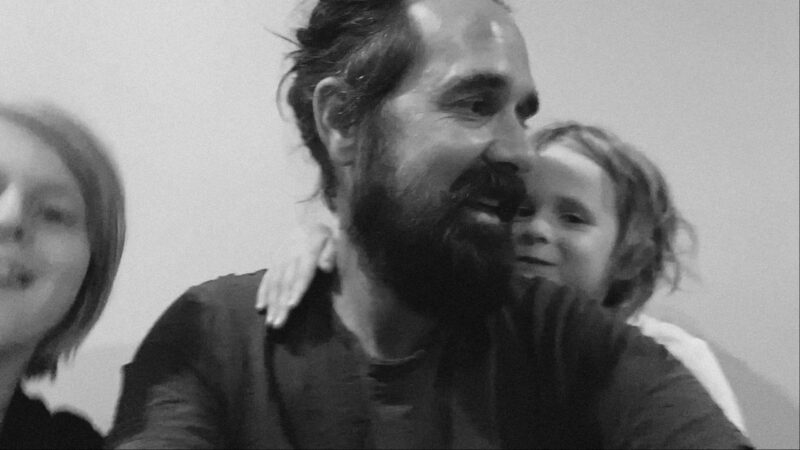In defence of small machines: tiny budgets and tight deadlines drive creativity
Following his move from Droga5 in New York to become ECD at CHEP Network in Sydney, Paul Meates has some observations about the 'smaller machine' that is the Australian creative industry.
New York is a big machine. After spending a decade there grinding away at Droga5, I decided it was time to come home. Now a month in at CHEP Network in Sydney, what has surprised me the most is how easy it is to appreciate a smaller machine.
It’s because our industry is small that we feel like we have something to prove. And as a younger brother, I get that. My older brother often jokingly refers to himself as the “Number One Child”, or to me pejoratively as the somehow inferior “B2”. As a result, there’s an innate drive in me to beat him, to punch above my weight, and the same is true for our industry.
We are driven to beat the rest of the world, in spite of what we see as an unfair playing field. We are up against opponents who have more money and more time. So, we resort to more creativity, our greatest asset. But it’s the smaller budgets and faster timelines that I’ve come to realise aren’t always such disadvantages.
The greatest luxury of a big budget is that the only question you must ask yourself is, “Can we make it great?”
Since coming home, I’ve instead spent far too much energy asking, “Can we make it at all?” And while that question certainly isn’t going to get us to the best work, big budgets also come with their own unique set of problems.
Big production budgets invariably come with media budgets so huge they scare the sense out of the big marketing departments in charge of them. And those big marketing departments in turn come with so many opinions they are guaranteed to contradict one another, and a ladder of approvals so long it invariably wobbles.
What we see as a luxury, often actually works against the creative output.
But to make something great, you also need time. Time to execute it flawlessly. Too much time, on the other hand, can drag a project down. Creativity happens in the moment, and it rides on a wave of inspiration and shared excitement.
On bigger timelines (some I experienced overseas were as long as nine months just for creative development) the spark of creativity eventually gives way to “the long game” – a survival tactic of ping-ponging the work around until the deadline looms, then you try to land the idea back where you wanted it to be when you started.
It’s also true that the longer the timeline the more time there is to momentarily not care. A single moment of carelessness can ruin the work. On a short timeline, this can also happen of course, but there is less chance of it (unless it’s incredibly short. The only work I have ever produced with no time for carelessness was the “Idiot Box” photo series, which was thought up over coffee and shot before the morning was done.)
So yes, it’s true that the playing field is indeed uneven. But it’s our smaller industry that might just have the upper hand. Looking back at America, it seems like another case of “bigger is better” gone awry. Like the infamous “Big Gulp” – the industry there is so big, the chance of successfully getting through it without things going all flat and sticky is near impossible.

Paul Meates is the executive creative director at CHEP Network.

Have your say